How much of the visual world influences your decisions?
People make visual choices every day that determine how we experience ourselves and each other. Our world is built upon our visual influence and literacy in everything we see. Our visual context is already framed by others in everything we experience in this world. People function and communicate with each other through visual messaging. Describing them with only words is just part of the picture. Everytime we watch TV, drive down a road, or any task, visual messaging is showing us the way. Framing the context for each of us to navigate the world in which we live.
Our brains executive functions can get flooded with information designed on purpose to influence our decision making processes. Marketing uses many visual techniques and cue’s to influence our habits everyday.
Visual manipulation is a common human endeavor.
From the way a garden would look, or the lines in a road to designate direction, or the shapes of the signs. These all have meaning and physical presence that arranges our lives accordingly. Visual manipulation can also be used for influencing thought patterns and making things seem real. Digital editing would be a good example of this type of manipulation.
All we see has form and function that reflects culture, history, space, and time. Along with styles, perspectives, shapes, and their incorporated signals.
We must slow down to encounter our visual world to learn how to perceive the wider world around us. We all try to induct meaning into the things we see around us instead of just observing for a moment or two.
Slow observation helps to build up our visual muscle memory.
Slow observation and description gives one a chance to see more clearly. What shapes, textures and colors are there around you? How do they influence you? What meanings can you induce from them?
Using words helps to communicate what we see is a common way to interact with one another. But, there are always more ways to communicate ourselves than meets the eye.
In this post we’re going to see about developing visual literacy and the skills necessary to improve them. Using multi-sensory engagement is a good way to start.
Take some time in the day to meditate and spend it by looking at what you see. Instead of naming the objects, look at their shape and name those. What shape is the TV screen, or the shape of your coffee cup? Are you sure it’s a circle or is it an oval because of the angle? Trust your eyes and try to separate the visual from your conclusions about the object.
Try the same trick using colors. Try not to let your brain steer the engine here. That plant may not just be green, what if it’s really yellow because the sunlight is lighting it from behind.
And last, try looking around and naming the textures. Wood, metal, plastic, mesh, soft, slick, hard, sharp. Don’t touch them; just notice them by sight alone.
Visual literacy involves many aspects to our being.
Cover your eyes and you still can see. But only if you slow down, observe, and practice ways to improve your visual mindfulness with full body and soul.
Ever wonder why artists portraits are more realistic after the 1400s?
Realism and the photographic look became prevalent after that time period.
How?
Camera Obscura
David Hockney, The Lost Secrets of the Old Masters: camera lucida obscura
David Hockney’s Secret Knowledge
What about optical illusions in Visual Influence Literacy?
The moon really is the same size all the away around…

So are the black upright rectangles in this one.
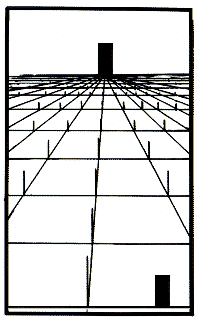
Visual Influence & Literacy
Optical art or OP ART began its heyday in the 1960s using the above mentioned Gestalt laws of perception. Art and psychology started employing abstract patterns and stark contrast bewteen the background and forground. That was a time when large psychology social experiments began in earnest.
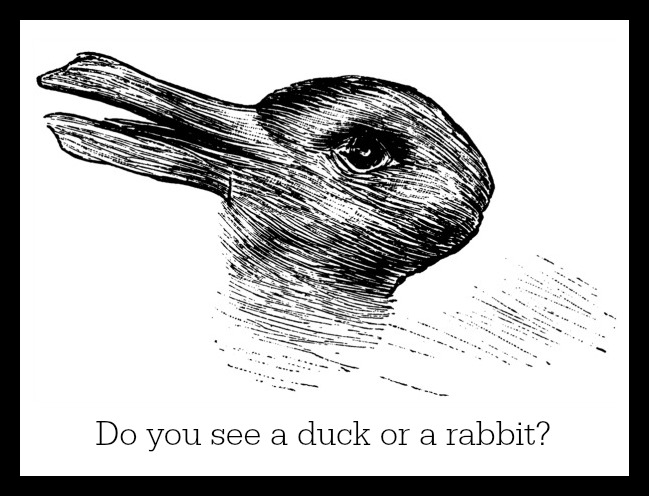
Here’s another one creating the illusion of movement…
It’s like virtual reality before virtual reality became a different kind of reality on the internet.

And then there’s the Parthenon.
It may look like a rectangle, but there are actually no straight lines or right angles in the whole thing.

Superheroes have changed their Visual Influence Literacy through the decades:
The 1930s saw Superman as light and airy. Looking for an identity.
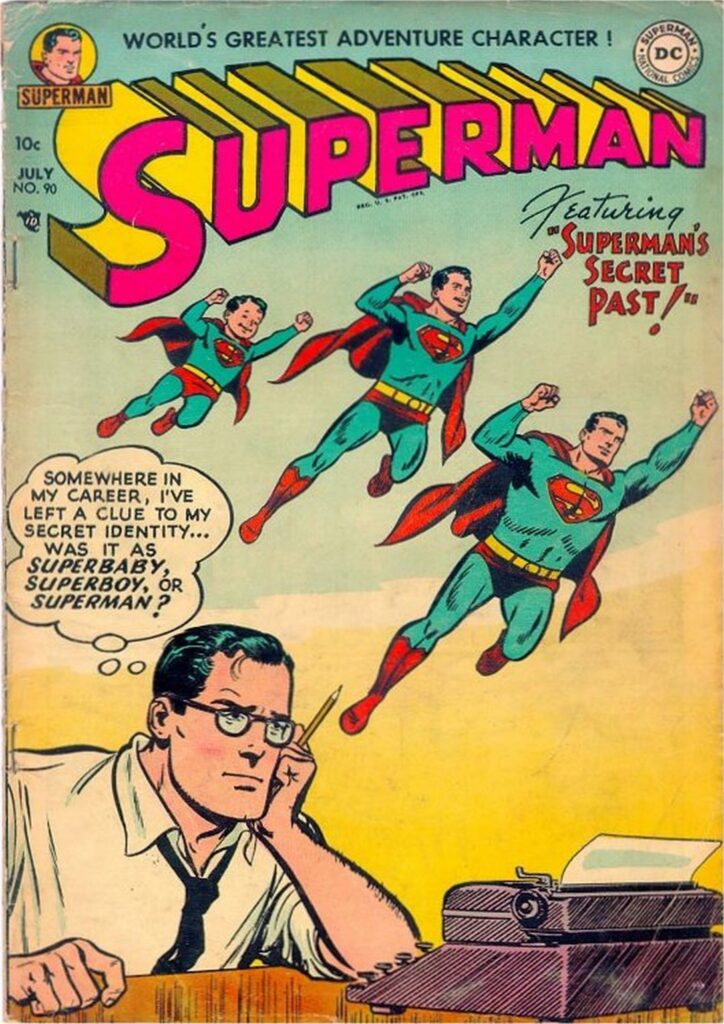
In the 40s he breaks his chains…

And goes to war…
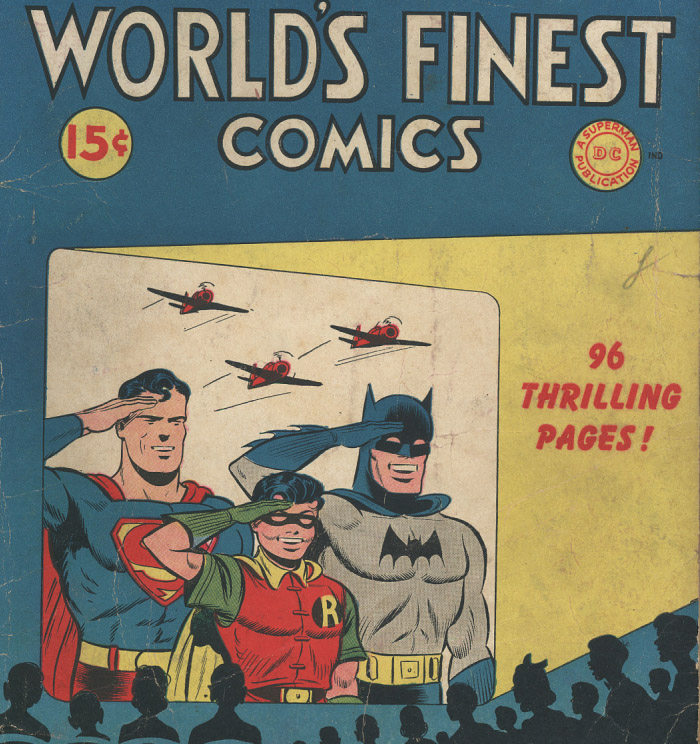
More enemies are introduced in the 50s…
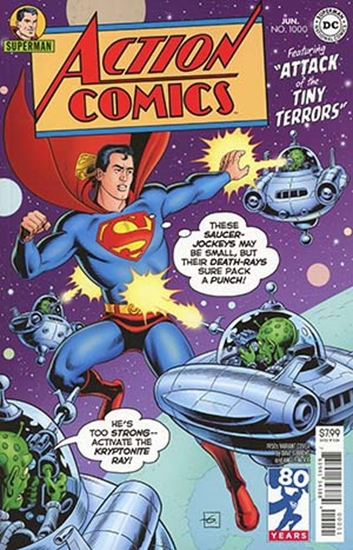
And this continues on until the 1980s when all the superheroes start taking a darker turn in personality.
Superman is dead, Batman is a psychological wreck, and all the rest are accentuating their own personal powers into some sort of supreme species type of ego trip. Civil war is rampant arguing about what is morally right. These visual references allow an artist or reporter a chance to reflect on a larger picture that is in reality beyond our control. The precepts in culture seen with metaphorical eyes. This is a way social engineers can define cultural norms through large media outlets. This makes mass consumption very important. It gets a very large audience seeing the images, ideas, and their perceptions all at once. Very powerful!!!
Cultural images and the stories behind them all have an influence on how a society thinks. Even tearing them down begs the question as to why…
Never mind the bad guys. They’ll all just psychotic. Every story needs a punchline.
